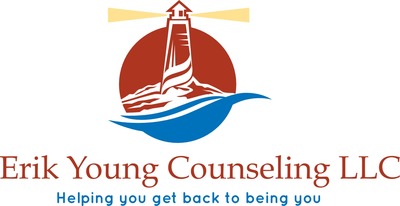I. Does this sound familiar?
“Johnny, put on your shoes.”
“Put on your shoes Johnny.”
“Johnny! Pay attention! Put on our shoes!”
“Put on your shoes!”
“ARRRGGGHHH!!!” (parent loses mind… Johnny is still shoeless)
If you have kids then you’ve probably had this interaction (or one like it). Repeating the same command over and over as your child blissfully ignores you until you lose your mind. Why does this happen? They say that the definition of insanity is repeating the same behavior over and over expecting the same results. So, parents MUST be crazy because we insist on repeating ourselves to our kids ad nauseum hoping they will suddenly listen to us.
Ok, so we aren’t crazy even if our kids sometimes make us look that way. There must be a solution to though to what to do to get kids to listen when we want them to do something. One answer is using prompts. Prompts are assists that help someone to display a behavior we want to see. For example, demonstrating a behavior for your child and then having them copy you would be an example of a modeling prompt (you modeled the behavior). If you make your prompts progressively more assistive, you can ultimately guarantee your child will do what you want. More importantly, this makes sure that the child receives praise and reinforcement from you for displaying the behaviors YOU want to see.
II. The different kinds of basic prompts
There are four basic kinds of prompts I like to use with my kids:
Gesture – some sort of non-verbal movement that will elicit the desired behavior. In the above shoe example, pointing the shoes could be a gesture prompt.
Verbal – a brief verbal statement meant to bring about the behavior. That’s all that was used in he above example.
Model – demonstrating the desired behavior. In the above example, I might pick up the shoe and then put it down while saying “Like this, now you try.”
Physical – helping the child to physically do the behavior. So, hand over hand helping the child pick up his shoes and put them on.
III. Putting the prompts to use
Putting everything together is pretty simple. After the child is told to do something, you wait a bit for them to process and comply. Then, if they don’t do what you want, you give them a prompt. Personally, like to start with the gesture prompt as it is the least intrusive. Wait a bit, then go to the next level of prompt (verbal) if the behavior doesn’t happen. Keep working up the hierarchy until you get the behavior you were looking for. As soon as the behavior occurs, make sure to deliver reinforcement in the form of praise. With this system, you guarantee you don’t repeat yourself forever trying to get your child to listen, Also, you guarantee that the child gets praised for doing the behavior. Finally, you only give as much help as the child needs to do what you want. So, you might start out having to physically assist but over time that will naturally fade to verbal, gesture and hopefully with no prompts (child does the behavior when first directed to do so).
If you wish to learn more about prompting strategies or to schedule a free consultation with me, call 484-693-0582 email erikyounglpc@verizon.net or press the schedule appointment button to the right.
©Erik Young, M.Ed., LPC











Follow Us!